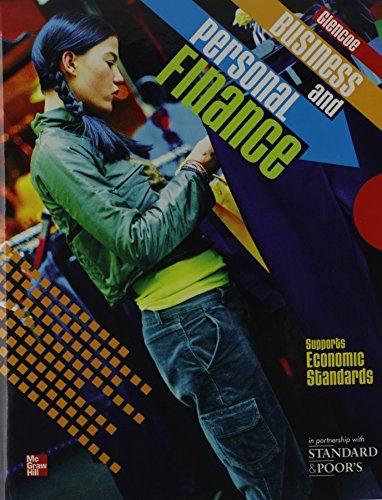Question
We know the following expected returns for stocks A and B, given differ epsilon of the economy: State (s) Probability E(r_(A,s)) E(r_(B,s)) Recession 0.2 -0.03
We know the following expected returns for stocks A and B, given differ epsilon of the economy: State (s) Probability E(r_(A,s)) E(r_(B,s)) Recession 0.2 -0.03 0.01 Normal 0.5 0.12 0.04 Expansion 0.3 0.2 0.08 The expected return on the market portfolio is 0.09 and the risk-free rate Part 1 What is the standard deviation of returns for stock A ? Part 2 What is the standard deviation of returns for stock B? Part 6 Which stock has more systematic risk? The stock with the higher standard deviation The stock with the lower beta The stock with the higher beta The stock with the lower standard deviation Part 3 What is the beta for stock A ? Attempt 1//10 f Part
Step by Step Solution
There are 3 Steps involved in it
Step: 1

Get Instant Access to Expert-Tailored Solutions
See step-by-step solutions with expert insights and AI powered tools for academic success
Step: 2

Step: 3

Ace Your Homework with AI
Get the answers you need in no time with our AI-driven, step-by-step assistance
Get Started


